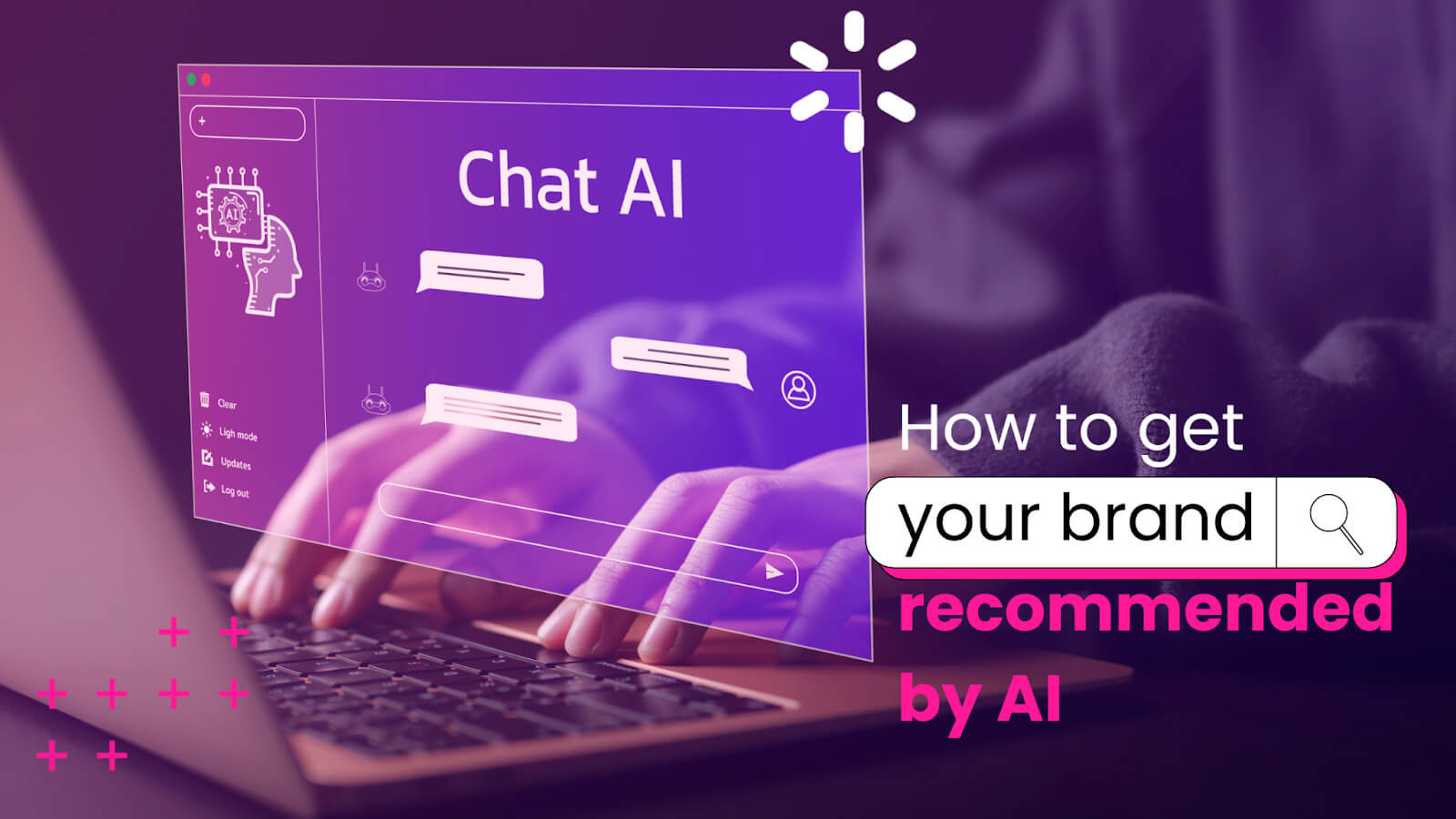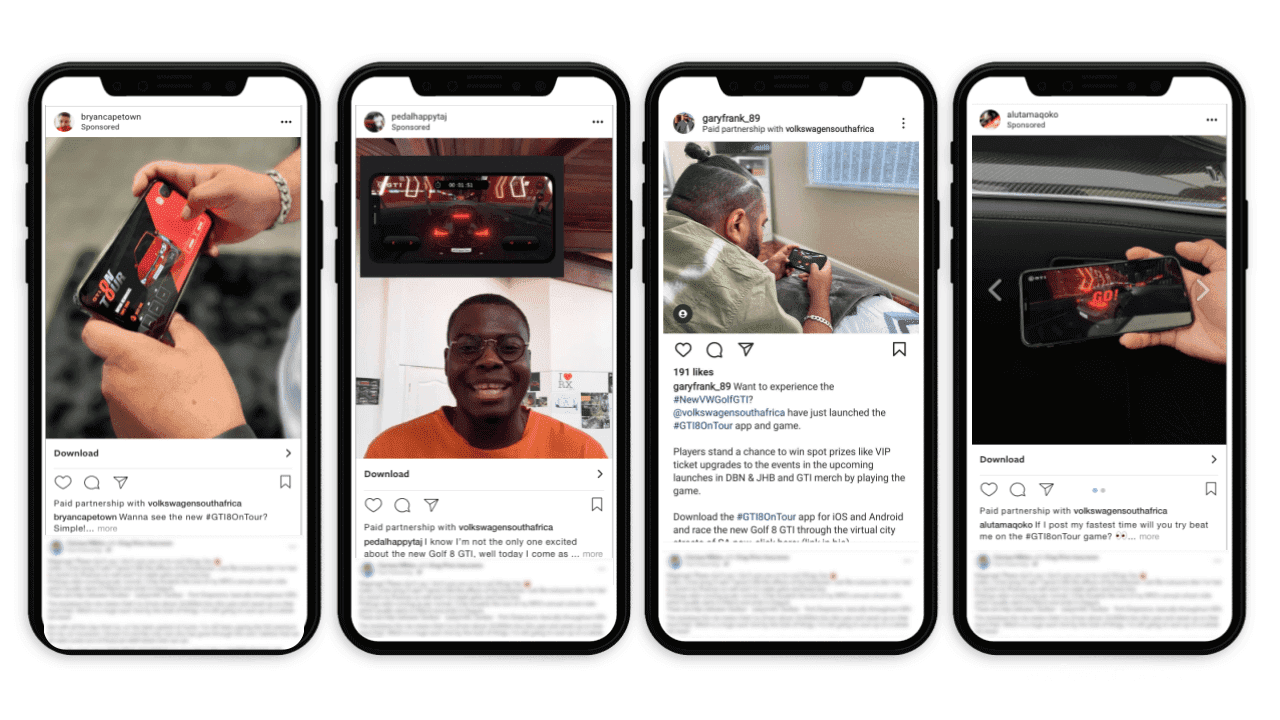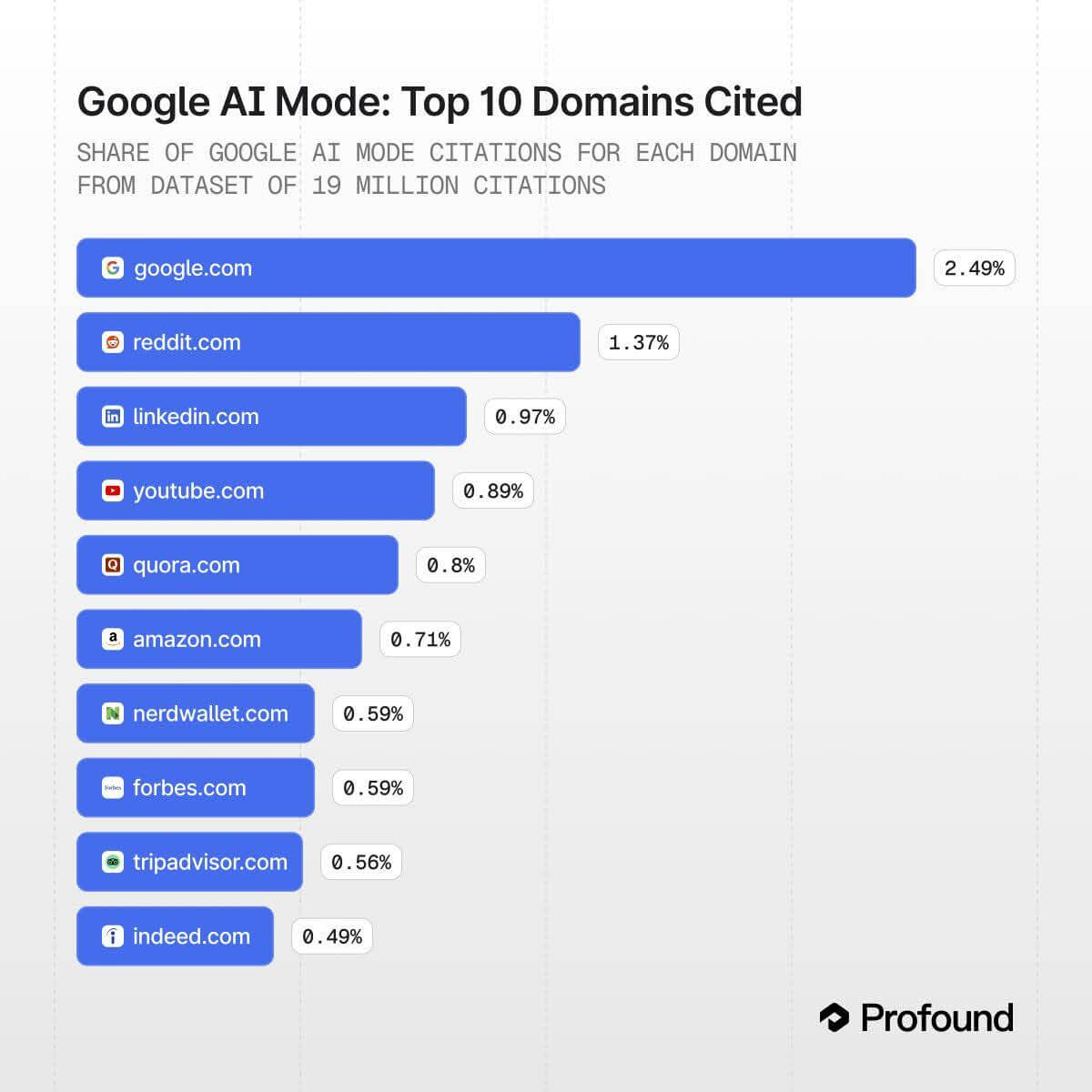How to get your brand recommended by AI

The no-nonsense playbook for CMOs, Brand Managers & growth leads
Why this matters (the itch)
If you can’t ensure traffic from paid ads on Google, how do you ensure you feature in the recommendations from the various AI engines like Gemini, ChatGPT and Claude?
As of 11 July 2025, Google indexes social media posts. Prior to that, the Page Rank algorithm would sort search results, generally speaking, according to how many other websites pointed there. Just like academic papers are cited to confirm their value, this was the backbone of search engines. But now, your website might make claims, and Google is looking to social media for confirmation that those claims are the truth.
So, when shoppers ask ChatGPT or Google “Which {insert your category} brand is best?”, the engine looks for proof that your brand is:
- 1. Alive - Are people talking about you right now?
- 2. Legit - Do those conversations match what’s on your website?
Miss one of those signals and the algorithm quietly recommends someone else.
What’s changed?
- Search → Answer engines. Ranking pages is yesterday’s game; being name‑dropped inside AI answers is important for traffic you can no longer pay for.
- People power. AI trusts real posts, reviews and how‑to threads more than polished ads.
We tested it out ourselves, twice!
We activated 50 people to give honest reviews about theSalt on TikTok, Facebook and Instagram. We didn’t feature in ANY AI results prior, and afterwards, took the top spot.
We also used our formula to generate a 321K+ engagement surge for the new VW Golf GTI release (and the AI noticed).


Follow this six-step playbook
1. Figure out the right questions
List the 10–15 questions your dream customer actually types (e.g. “best vegan skincare under R300”). These are your target prompts. Run those prompts in the AI of your choice and see where you feature, if at all.
2. Prove it on your site
Publish clear, jargon‑free answers on your own turf – blogs, FAQs, product pages – so AI has a clean source to quote. Ensure your content can be indexed by search engines and LLMs (robots.txt and llms.txt files).
3. Spark real‑world chatter
Get people to talk about your brand. Your customers, friends and staff that are close to what you do already.
If you don’t have those on hand, tap theSalt’s 560 000‑strong community to post, review and share their experiences. Every authentic mention is a trust signal the algorithm LOVES.
4. Show some kind of validation
Back your claims with numbers, case studies and simple tables (AI loves lists more than fancy infographics).
5. Cover multiple channels
Tell the same story across LinkedIn, Reddit, YouTube and WhatsApp so the engine sees consistent noise wherever it looks.

6. Refresh and repeat
Check monthly which brands the AI is recommending, update stale content and keep the conversation rolling.
Shortcut option (if you’re unsure where to start)
Too busy? Too many priorities? Let's chat.
We’ll run the playbook end‑to‑end and get your brand AI-ready so that you show up every time it matters.
Conclusion
The rules of the digital game have changed. Ranking is out, while recommending is in. If AI doesn’t hear about you from real people, in real time, across real channels, it quietly forgets you exist. Play the game right, and you don’t just get seen, you get selected.

Justine Wheeler
Justine Wheeler, Campaign Project Manager at Creator Collective, a family of brands serving the entire creator ecosystem.